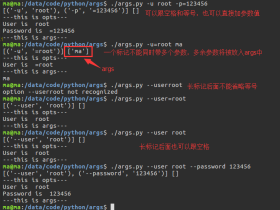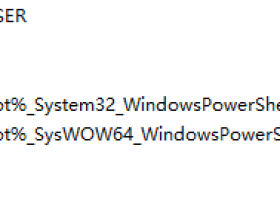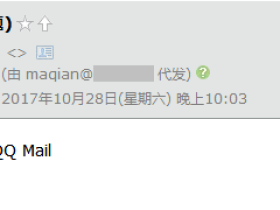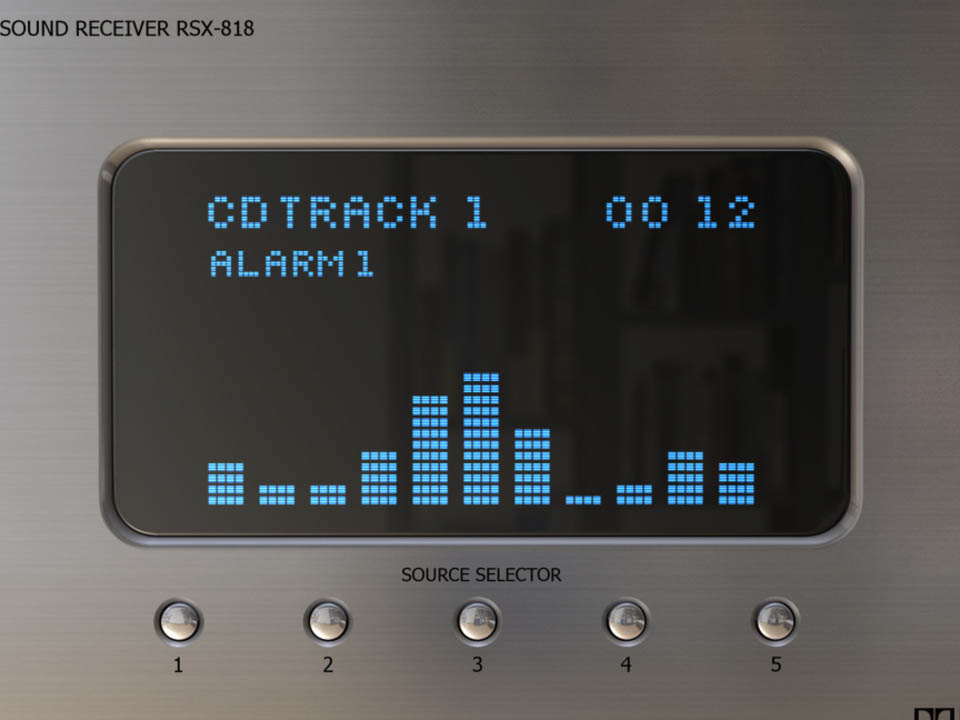一、概述
re 模块是 python 官方提供的正则表达式模块,一些常用的方法如下:
re.match(pattern, string, pos, endpos)
在 string中匹配pattern规则,返回一个匹配对象。
re.search(pattern, string, pos, endpos)
在 string中查找第一个满足规则pattern的字符串,返回一个匹配对象。
re.findall(pattern, string, pos, endpos)
查找所有满足规则 pattern的字符串,结果将返回一个元组。
re.finditer(pattern, string, pos, endpos)
查找所有满足条件的字符串,并以匹配对象的形式返回一个元组。
re.sub(pattern, repl, string, count)
把 string中符合规则的字符都替换成repl,count表示替换的数量,默认匹配所有,返回被替换后的字符串。
re.subn(pattern, repl, string, count)
和 sub函数功能一直,只是subn在返回的同时会带上被替换的字符串数量。
以上所有函数中的 pos 和 endpos 均表示在 [pos, endpos)下标范围内匹配,下标索引从 0 开始,默认省略表示匹配整个字符串。
二、匹配对象<type "_sre.SRE_Match">
re.match()和 re.search()方法都返回一个匹配对象<type "_sre.SRE_Match">,常用的方法为:
2.1 group()
返回匹配成功的字符串。
2.2 start() 和 end()
匹配成功后返回匹配到的字符串的开始下标和结束下标。
2.3 span()
以元组的方式返回开始下标和结束下标。
2.4 groups()
返回所有匹配到的分组。
三、示例
3.1 match 方法和匹配对象
|
1 2 3 4 5 6 7 8 9 10 11 12 13 14 15 16 17 |
p = re.compile(r"maqian") t = "Hellomaqian" rs = p.match(t) if rs is not None: print type(rs) print rs.group() else: print "no match" # no match rs = p.match(t, 5) # 从索引为 5 的下标开始匹配 if rs is not None: print rs.group() # maqian print rs.groups() # () 没有任何分组 print rs.start(), rs.end() # 5, 11 print rs.span() # (5, 11) 返回元组 else: print "no match" |
3.2 search 方法
|
1 2 3 4 5 6 7 |
p = re.compile(r"maqian") t = "hellomaqian" rs = p.search(t) if rs is not None: print rs.group() # maqian else: print "no match" |
3.3 find_all 方法
|
1 2 3 4 5 6 7 |
p = re.compile(r"d{3}") t = "123abc456def789" rs = p.findall(t) if rs is not None: print rs # ["123", "456", "789"] else: print "no match" |
3.4 finditer 方法
|
1 2 3 4 5 6 7 8 |
p = re.compile("d{3}") t = "123abc456def789" rs = p.finditer(t) if rs is not None: # 返回匹配对象元组 for i in rs: print i.group() # 分别打印 123 345 789 else: print "no match" |
3.5 分组
|
1 2 3 4 5 6 7 8 9 |
x = r"(?P<id>d{3})(w*).*(?P=id)" p = re.compile(x) t = "123abc456123" rs = p.match(t) if rs is not None: print rs.group() # 完整匹配到的字符串 123abc456123 print rs.groups() # 匹配到的分组 ("123", "abc456") else: print "no matched" |
3.6 替换
|
1 2 3 4 5 6 7 8 9 10 11 12 13 |
p = re.compile("d{3}") t = "123abc456def789ghi888" rs = p.sub("000", t) # 把所有满足条件的字符串替换成 000 if rs is not None: print rs # 返回被替换后的字符串 000abc000def000ghi000 else: print "no match" rs = p.subn("000", t, 2) if rs is not None: print rs # 返回被替换后的字符串以及替换的个数 ("000abc000def789ghi888", 2) else: print "no match" |
其中,要替换的字符也可以是一个函数,将会把匹配到的字符串以匹配对象类型为形参调用指定函数:
|
1 2 3 4 5 6 7 8 9 10 11 12 13 14 15 16 17 18 19 |
p = re.compile("d{3}") t = "123abc456def789ghi888" rs = p.subn(rep_func, t) # 替换的内容是一个函数 if rs is not None: print rs else: print "no matched" def rep_func(match_obj): # 替换函数 match_str = match_obj.group() # 传入的是匹配对象,通过 group 方法获取匹配到的内容 if match_str == "123": return "000" elif match_str == "456": return "111" elif match_str == "789": return "222" else: return "999" |
最后的结果:
|
1 |
("000abc111def222ghi999", 4) |

















评论